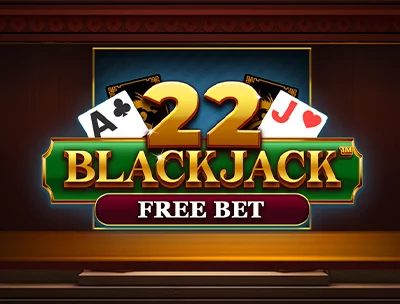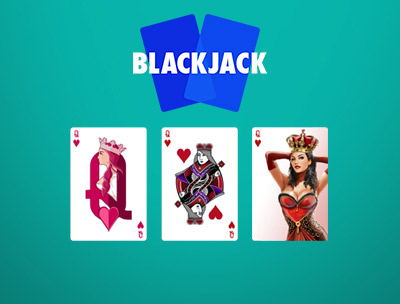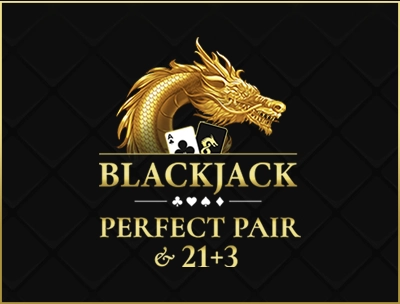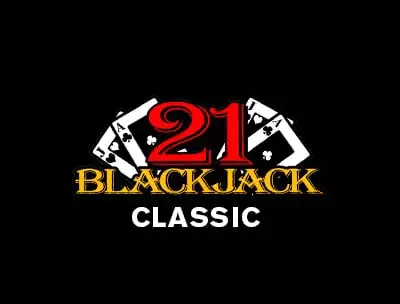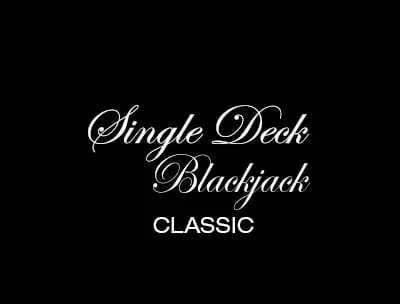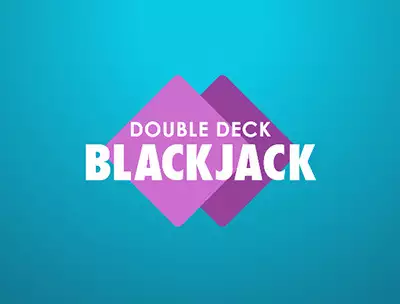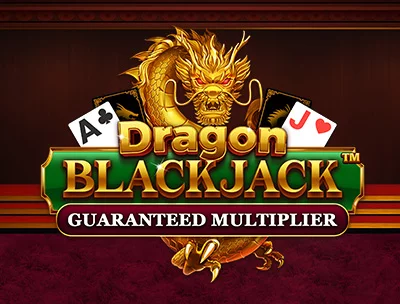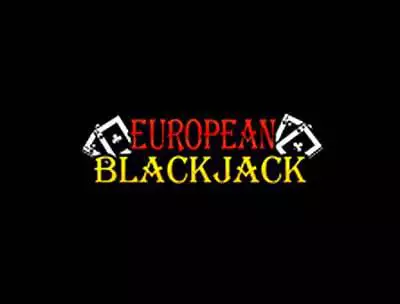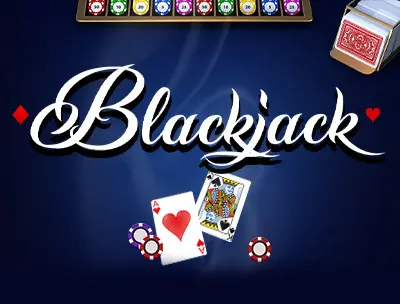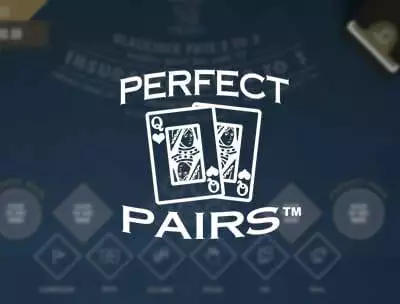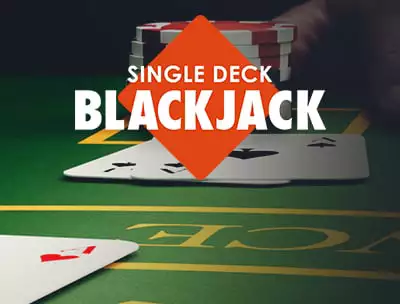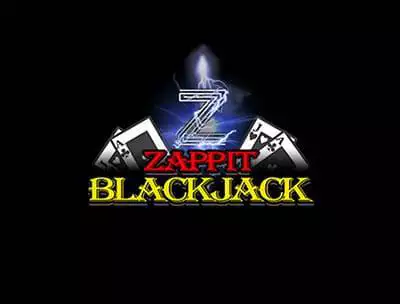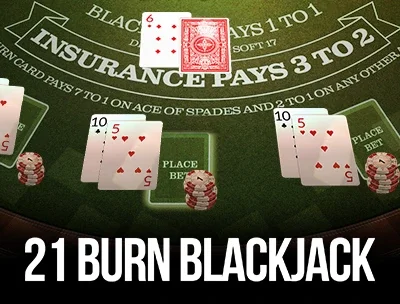
Online Blackjack in Canada for Real Money
At our online casino, Canadian players can explore an extensive collection of 15 different blackjack games for real money and 34 live blackjack tables. From traditional single-deck tables to innovative multi-hand variants, our platform delivers authentic casino-grade blackjack directly to your screen. Each game variant features distinct rules and side bets, with table limits ranging from $1 to $50,000 depending on the game variant.
Over the past 15 years, we have established a reputation for offering the best online blackjack games in Canada. Our most popular blackjack online options include Classic Single Deck with its favourable house edge, European Blackjack, which includes a twist in which the Dealer doesn’t receive a second card until you have made all of your decisions, including doubling and splitting, and Double Deck that include best bet for a profitable blackjack run. For those seeking maximum excitement, 21+3 side bets and Perfect Pairs bonuses offer additional ways to win with payouts up to 25:1.
For those new to blackjack online in Canada, we provide a demo version in practice mode, allowing gplayers to familiarize themselves with the game before committing real money.
Live Blackjack in Canada
Nothing matches the thrill of our premium live dealer tables, where real dealers host authentic casino action around the clock. Experience the best live blackjack in Canada across 34 professional tables, with betting limits from $5 to $50,000 suiting every style of play. Our HD quality streams bring the casino to life, displaying game history and popular bets directly on your screen for informed decision-making.
Our innovative features enhance your gaming experience, with Early Payouts letting you secure partial winnings early and Unlimited Bet Behind allowing you to wager on other players' hands even during peak hours. Follow multiple hands simultaneously and track various betting outcomes, ensuring non-stop action that perfectly replicates the authentic casino feel.
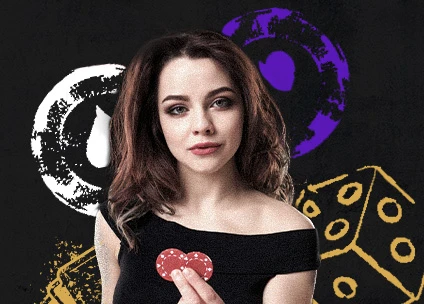
Blackjack Games at Bodog
Bodog offers a comprehensive selection of online blackjack games, including single deck and multi-hand blackjack games, each presenting unique gameplay elements such as side bets to keep the experience engaging. Here’s an overview of some popular variants:
- Standard: This six-deck game allows players to manage up to three hands at once, while the dealer is restricted to a single hand per round. The multi-hand option adds a strategic dimension, enhancing the complexity of each round.
- Classic: This variation is played with six decks, with the decks being reshuffled after each hand to maintain fairness. One key feature of the Classic game is the dealer’s requirement to hit on a soft 17 (a hand including an Ace valued as 11). This rule affects the dealer's chances of busting and influences how players should approach their own hands.
- Double Deck: The dealer is required to stand on soft 17, providing a potential strategic advantage for players. The game also permits doubling down, splitting pairs, and taking insurance, a side bet that pays 2:1 if the dealer holds a natural 21. This variant is a popular choice among seasoned players.
- 22 Blackjack: When playing 22 Blackjack, if the dealer’s hand totals 22, all bets are returned as a push unless the player busts. This rule offers a safety net in situations where the dealer has a strong hand, providing players with a chance to avoid losing their bet under certain conditions.
Aside from the previously mentioned Blackjack games, our selection at Bodog also includes Single Deck and its Classic version, 21 Burn, Perfect Pair 21 + 3, Dragon Blackjack Guarantee, European Blackjack, Perfect Pairs, Pirate 21, Pontoon 21, Super 7, and Zappit, ensuring a rich and varied gaming experience.
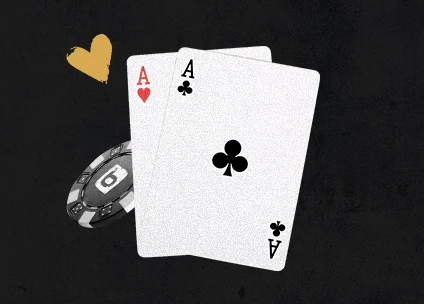
Mobile GAMES at Bodog
Take the action with you through our optimized blackjack mobile platform. Every blackjack variant, including our live dealer games, runs smoothly on iOS and Android devices without requiring any downloads. The interface adapts perfectly to your screen size, ensuring easy bet placement and card visibility. Whether you're commuting, traveling, or simply prefer playing on your tablet or phone, you'll enjoy the same high-quality blackjack experience as our desktop version, including instant access to bonuses and banking features..
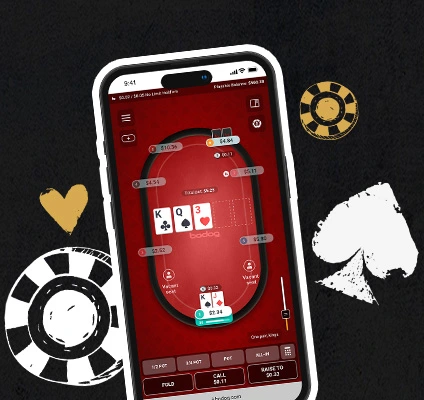
Exclusive Blackjack Bonuses at Bodog
New players diving into our blackjack games can claim a 100% match welcome bonus up to $600 on their first deposit. Simply opt in during registration and make your qualifying deposit to receive your bonus funds instantly. Regular players benefit from our ongoing blackjack promotions, including cashback offers and special table limits during peak hours.

Secure Banking for Canadian Blackjack Players
Online blackjack's popularity in Canada has made secure and efficient banking essential for players. Understanding your best deposit and withdrawal options ensures smooth gameplay and reliable access to your funds.
Interac e-Transfer: Canada's Premier Banking Method
Interac e-Transfer stands out as the preferred banking method for Canadian blackjack players, offering instant deposits and typically processing withdrawals within 24 hours. This bank-to-bank transfer system integrates seamlessly with all major Canadian financial institutions and provides enhanced security through encrypted transactions.
iDebit: Direct Bank Integration
iDebit provides a direct connection to your Canadian bank account without sharing banking details with the casino. While slightly slower than Interac, iDebit offers higher transaction limits, often up to $25,000 per transfer, making it ideal for high-stakes players.
Popular Credit Card Options
Visa and Mastercard are the leading credit card networks in Canada offering similar core features for online casino deposits. Both provide:
- Swift deposit processing
- Purchase protection
- Fraud monitoring
- Widespread acceptance
- Flexible credit limits
Before choosing either option, verify your bank's policies regarding gambling transactions.
Cryptocurrency Options for Online Blackjack in Canada
Crypto transactions have become increasingly attractive for their speed and security features. Its widespread acceptance comes with substantial bonuses - players can access a 150% welcome bonus up to $900.
Bitcoin: For Canadian players seeking real money online blackjack action, Bitcoin transactions provide the anonymity many players prefer, along with typically faster withdrawal processing compared to traditional banking methods.
Bitcoin Cash and Bitcoin SV: They are faster alternatives to traditional Bitcoin, specifically designed for gaming transactions. These variants process transactions more quickly and with lower fees, making them particularly suitable for players who frequently move funds between tables or want to quickly cash out their blackjack winnings.
Ethereum: It brings additional security features to online blackjack through its smart contract capabilities. The platform's stability makes it particularly suitable for high-stakes blackjack sessions where transaction reliability is crucial.
Litecoin: This crypto has emerged as a favorite among Canadian blackjack players who value quick deposits and withdrawals.
USD Tether: For players concerned about cryptocurrency price fluctuations during their blackjack sessions, as it maintains a consistent 1:1 ratio with the US dollar.
Security Considerations
When playing online blackjack in Canada, understanding the security measures that protect your funds is crucial for peace of mind. Leading online casinos implement multiple layers of protection to ensure safe banking and gameplay, meeting the strict standards required by Canadian gaming authorities. From state-of-the-art encryption to rigorous auditing processes, these security features create a trusted environment for enjoying real money blackjack games.
- 128-bit SSL encryption for all banking operations.
- Two-factor authentication for withdrawals.
- Regular third-party audits of payment systems.
- Segregated player funds from operational accounts.
Blackjack Rules and How to Play
Understanding the rules of blackjack, and what tables to choose is crucial for maximizing your chances of winning. The primary objective in the game is to achieve a hand value closer to 21 than the dealer, without exceeding 21. If the player or dealer exceeds 21, it results in a bust, leading to an automatic loss.
Understanding Blackjack Hands
Blackjack is a game of strategy where understanding different hand types is crucial for success. The ultimate hand is a natural blackjack (an Ace and a 10-value card), which typically offers the highest payout. Other strong hands include pairs of 10s, hard 11, and pairs of Aces. Conversely, hands like hard 16 and the "trouble trio" of 13, 14, and 15 are considered the most challenging to play profitably. You also need to understand the differences between soft hands (containing an Ace that can be counted as 1 or 11) and hard hands (without an Ace or where the Ace must be counted as 1). Soft hands offer more flexibility and often allow for more aggressive play, while hard hands require more caution.
A natural "Blackjack" occurs when a player is dealt an Ace and a ten-value card (10, Jack, Queen, or King) in the initial deal, paying out 3:2. Most hands, however, require strategic building to reach a winning total. Key actions include:
- Hit: Request an additional card to increase your hand value, with the goal of staying under 22 points.
- Stand: Choose to keep your current hand value and end your turn.
- Double Down: Double your initial bet for the opportunity to receive one additional card. Double down option is typically available when your starting hand totals 9, 10, or 11.
- Surrender: If you choose to surrender at the start of your turn, you forfeit half of your bet and the hand immediately ends.
- Split: If you’re dealt a pair, you have the option to split the cards into two separate hands, effectively doubling your bet by placing a second wager equal to your original one. For instance, splitting Aces or 8s can improve your chances of drawing strong hands. Keep in mind that different blackjack variants may have specific rules regarding splitting Aces, so it’s important to review the blackjack guide for the version you’re playing.
- Insurance: When the dealer’s upcard is an Ace, you can choose to take “insurance” as a side bet. This bet protects against the dealer having a 10-point card as their hole card, and if they do, the insurance pays out at 2 to 1.
Before we dive into the intricacies of blackjack hands, it's worth noting that we have a comprehensive blackjack guide which covers basic and advanced rules and strategies for playing blackjack, both single deck and multi-hand variants.
You can also check our guide about how to bet and use your bankroll wisely.
Blackjack Hands
In blackjack, the hands you're dealt significantly impact your chances of winning. Understanding how to play each hand optimally is the key to reducing the house edge and maximizing your potential returns. Let's explore the spectrum of blackjack hands, from the best to the worst, and examine the crucial distinction between soft and hard hands.
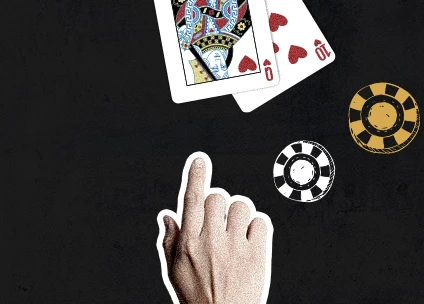
Best Hands
The ultimate hand in any blackjack game is the "natural" blackjack - a combination of an Ace and a 10-value card (10, Jack, Queen, or King) as your initial two cards. This powerhouse hand typically offers the highest payout, usually 3:2 or even 2:1 in some blackjack variations. For instance, if you're playing online blackjack with a $10 bet and hit a natural blackjack with a 3:2 payout, you'd win $15 on top of your original bet.
Other Strong Starting Hands
Pair of 10s: This hand, totaling 20, wins approximately 80% of the time. Despite the temptation to split, basic blackjack strategy usually recommends standing pat with this powerful hand. The only way to lose is if the dealer hits 21 or also has 20 and you're playing under rules where the dealer wins ties.
Hard 11: Any two-card combination totaling 11 (like 6-5 or 7-4) is a strong starting point. With a nearly 1 in 3 chance of drawing a 10-value card to make 21, doubling down is often the optimal play. The exception is when the dealer shows an Ace, which threatens a natural blackjack.
Pair of Aces: This flexible hand can be played as either 2 or 12. Most blackjack strategies recommend splitting these Aces against any dealer upcard. This gives you two chances to draw a 10-value card and make 21.
Hard 10: Similar to hard 11, a starting hand of 10 (like 6-4 or 5-5) is strong. Doubling down is often recommended, especially if the dealer's upcard is 9 or lower.
Worst Hands
The Hard 16: Statistically, a hard 16 (like 10-6 or 9-7) is the worst hand for a player. It's too high to hit comfortably but often too low to stand successfully, especially if the dealer shows a strong upcard like 7 through Ace. The hand becomes particularly problematic when the dealer shows a 10, as you're in a lose-lose situation: hitting risks an immediate bust, while standing gives the dealer a strong chance to win with any card 5 or higher.
With a hard 16 against a dealer's 10, some blackjack variations allow surrendering, where you give up half your bet and end the hand immediately. If surrender isn't an option, basic strategy usually recommends hitting, accepting the risk of busting to give yourself a chance to improve your hand.
The Trouble Trio: 13, 14, and 15: These hard hands (13-15) are also challenging, though slightly less perilous than 16. They're prone to busting if you hit but often too low to stand confidently. They become particularly weak hands when the dealer shows a 7 or higher.
However, against dealer upcards of 2-6, stand with these hands. The dealer has a decent chance of busting when drawing to these lower cards. Against dealer 7-Ace, basic blackjack strategy recommends hitting, despite the risk of busting.
Remember, even with these difficult hands, there's always hope. The dealer might bust, especially with lower upcards like 4, 5, or 6 showing. Understanding the dealer's probabilities is a key part of mastering blackjack strategy.
Soft Hands vs. Hard Hands: A Crucial Distinction
One of the most important concepts to grasp when learning to play blackjack is the difference between soft and hard hands. This distinction significantly impacts your strategic decisions during play.
Soft Hands: A soft hand contains an Ace that can be counted as either 1 or 11 without the hand going over 21. For example:
- Ace-6 is a soft 17 (can be played as 7 or 17)
- Ace-3 is a soft 14 (can be played as 4 or 14)
Soft hands are generally preferred because they offer more flexibility. You can always hit a soft hand without the risk of immediately busting, as the Ace can switch from 11 to 1 if needed.
Strategy for Soft Hands
Soft hands often involve more aggressive play, including doubling down when the dealer shows weak upcards (particularly 5 or 6).
- With soft 18, stand against dealer 2-8, hit against 9-Ace.
- With soft 13-17, always hit unless doubling down is the better option.
Let’s say you are dealt Ace-5 (soft 16) and the dealer shows a 6. Basic strategy recommends doubling down here. If you draw a 10, you have 16 and the dealer is in a weak position. If you draw a small card, you still can't bust and have improved your hand.
Hard Hands: A hard hand is any hand without an Ace, or where the Ace must be counted as 1 to avoid busting. For instance:
- 10-7 is a hard 17
- 8-9 is a hard 17
- Ace-6-10 is a hard 17 (the Ace must be counted as 1)
Hard hands are riskier because they have a higher chance of busting when hitting.
Strategy for Hard Hands
- For hard 8 or lower, always hit.
- For hard 17 or higher, generally stand.
- With hard 9, 10, or 11, consider doubling down against dealer's 3-6.
Imagine you are dealt 7-8 (hard 15) and the dealer shows a 10. Despite the risk of busting, basic strategy recommends hitting. The dealer's strong upcard means standing is likely to lose, so you need to try to improve your hand.
Blackjack Strategy for Difficult Hands
Even armed with knowledge about hand types and basic strategy, you'll often face challenging decisions in blackjack. Let's explore some common difficult situations and how to approach them:
Pair of 8s vs. Dealer's Ace: This scenario often confuses new players. You have a pair of 8s (hard 16), typically a splitting hand, but the dealer shows an Ace, threatening a natural blackjack. Despite the dealer's strong upcard, the recommended play is still to split. Here's why:
- Starting with 16 against an Ace is a very weak position.
- By splitting, you create two hands starting with 8, giving yourself a chance to draw 10-value cards and make strong hands.
- Even if you lose both hands, the expected loss is less than playing the 16 as a single hand.
Hard 12 vs. Dealer's 3: With a hard 12 against a dealer's 3, you're in a tight spot. Hitting risks an immediate bust with any 10-value card, but standing leaves you with a weak hand.
Basic strategy recommends hitting in this situation. While you risk busting, the dealer's 3 isn't strong enough to justify standing on such a low total. By hitting, you give yourself a chance to improve your hand significantly.
Soft 18 vs. Dealer's 9, 10, or Ace: Many players automatically stand on 18, but with a soft 18 against strong dealer upcards, this isn't always correct. The recommended strategy would be:
- Against a dealer's 9, hit your soft 18.
- Against a dealer's 10 or Ace, hit if double down isn't allowed; if double down is allowed, double against a 10 and hit against an Ace.
Blackjack Strategies Depending on Game Variants
Canadian casinos offer diverse blackjack variations requiring specific strategic approaches. Here's a detailed breakdown of each variant and recommended tactics:
Standard (Six Deck)
Players can manage three hands simultaneously in this format. Basic strategy forms your foundation, but multi-hand play requires dynamic bet sizing. When low cards dominate recent hands, increase your next bet anticipating high cards. Always split Aces and 8s, never split 5s or 10s, and double down on 11 unless the dealer shows an Ace..
Classic
With continuous shuffling and dealers hitting soft 17, aggressive doubling becomes crucial. Double down on soft 18 against dealer's 2 through 6. Stand on hard 17 and above, hit on 16 or below against dealer's 7 or higher, and stand on 12-16 if dealer shows 2-6.
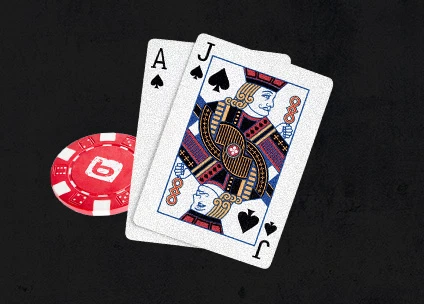
Double Deck
Dealer stands on soft 17, allowing more strategic flexibility. Split pairs more aggressively - specifically 2s, 3s, and 7s against dealer's 2-7. Card counting becomes notably more effective with fewer decks. Double down opportunities expand, particularly on hard 9 against dealer's 5 or 6.
Probability and Expected Value
Understanding probability allows strategic edge optimization. Natural blackjack probability varies by deck count - higher in single deck games. Calculate expected value by combining probability with payout ratios. For example, doubling down on 11 against dealer 6 carries positive expecteWhy Play Online Blackjack in Canada at Bodog?
Whether you're new to online blackjack or a seasoned player, Bodog offers everything you need for an exceptional gaming experience in Canada. From our diverse selection of 15 blackjack variants and 34 live dealer tables to generous bonuses, secure banking options, and comprehensive strategy resources, we've created the perfect environment for both casual players and serious enthusiasts. Take advantage of our practice mode to refine your skills, explore our various game variations with stakes from $1 to $50,000, and experience why we've been Canada's trusted destination for online blackjack for over 15 years..
Other Online Casino Games
Bodog offers a variety of other online casino games for Canadian players. Whether your interest lies in online roulette, video poker, craps, baccarat, or specialty games like bingo, Bodog has a broad selection to keep you entertained. If you have any questions about our games, our Help Center is available.


